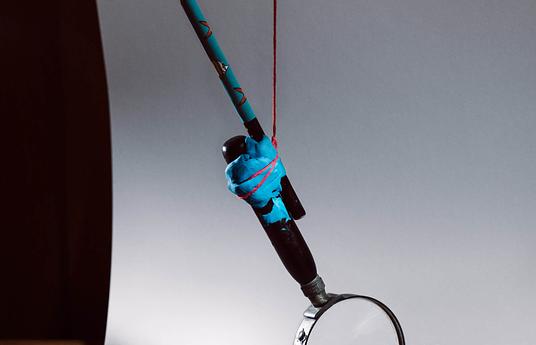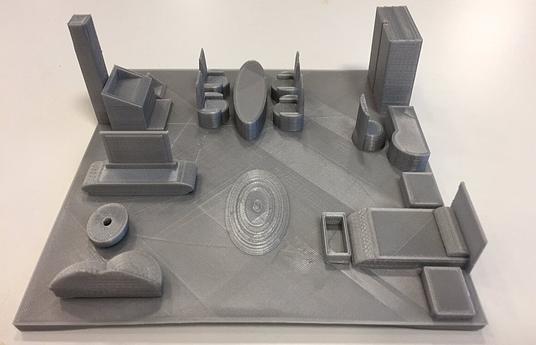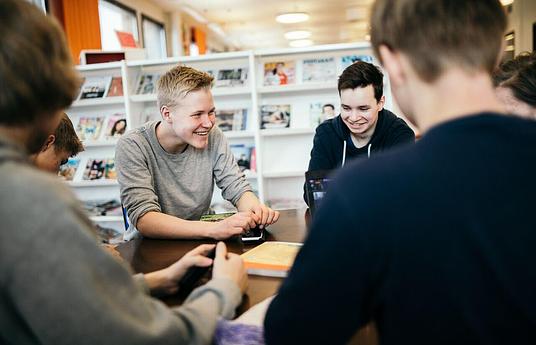VR, AR, AG… there’s a lot of acronyms in the world right now. Struggling to keep up to speed with the latest technologies? We attended the EdTechxEurope event last week in London to find out about virtual and augmented reality in education.
Here’s the basics you need to know.
The Problem
Education isn’t evolving at the same rate as the rest of the world. We are already in danger of educating young people for a workforce that doesn’t exist. This is shown through high levels of unemployment (particularly amongst the young) whilst there is a surplus of jobs in industries such as tech, that can’t get enough recruits.
Not only has the world changed a lot whilst education hasn’t, but it’s going to keep changing at a fast rate too. This makes it incredibly hard to follow the old system of teaching set skills which work for now, but might not stand you in good stead later in life as those skills become outdated.
Shazia Makhdumi, Head of Family and Education Partnerships at Google Play, claimed in her presentation that the top skills people will need are problem solving, teamwork, communication, critical thinking and creativity.
How do the new technologies help these skills to be taught effectively?
AR and VR present unique opportunities for both learners and teachers. They can immerse learners in a lesson, increasing motivation and intriguing them. This helps students connect with what they’re learning and therefore stimulates active learning. This is crucial in a time where high-disengagement levels are being seen in schools around the globe.
New technologies also increase the opportunity for building on empathy skills, (find out why we think empathy is important here). VR and AR allow things to feel real through immersion and by bringing them (virtually) to life, more so than any other learning device before. This helps learners to connect not just academically with the subject matter but emotionally too, increasing empathy. Plus, students can learn about things outside their own experiences, like reading has done for older learners throughout the generations.
It also allows for students to be agents of their own learning. The opportunities with AR and VR to create agency is immense. The other key ingredient is presence. Students are in the learning, the learning is no longer outside of them, therefore it is easier to internalise what they are learning as they are actively (both in mind and body) present in their learning.
So what’s the difference between AR and VR?
Virtual Reality enables new experiences, creates new worlds, and means you can go and experience anywhere in the world.
Augmented Reality extends experiences, bridging the gap between the physical and digital worlds, and brings anything to you.
How can VR assist teaching?
The most obvious ways are through virtual field trips and allowing children to have new experiences they would not otherwise encounter. They can simulate experiences such as flying a plane, they can explore otherwise unreachable locations like outer space, and they can travel to areas of the globe far away from their home. VR can be used to supplement course curriculum to help students better understand what they’re learning about - such as simulating a chemical reaction in a science experiment.
VR and AR encourage cooperative play.
Cooperative play supports learning and helps strengthen relationships, thus building those vital skills of communication and teamwork.
In VR this works by giving players in and out of the experience a shared objective but asymmetric information, which means they need to collaborate if they are to complete the task.
In AR cooperative play is side-by-side as the screen can be shared and many players can access the same virtual objects on different devices.
VR and AR can both work in different formats and different ways, here are the key channels:
Immersive replacement is a replication of an activity that is expensive, not scalable, or hard to repeat multiple times. This kind of tech is good for field trips, science labs, and specialized training.
Games enable skill-based experiences that help users reach proficiency in certain fields; great for teaching coding, language learning, and decision-based skills.
Fictional teleportation allows users to believe they have spent time in a fictional place or world. This is a unique opportunity for students to experience environments such as space, go inside the human body, or time travel to experience different eras in history.
Connected experiences, enabled through evergreen apps, are based primarily on social interactions and users create the content on the app. They allow users to build, present, and compete in skillsets such as writing and music. (FYI evergreen apps are non-subject apps which are useful at different times throughout the year, seen as more useful by educators than having to find a different app for each bit of content for each subject. The same app can be used again and again.)
Augmenting the real world or an overlaying of the real world can be achieved through the use of a smartphone or AR-enabled device. Augmentation allows students to build, explore, measure and examine – enabling key critical thinking and design skills amongst many others.
Now you’re all up to speed, want to know more about how we can incorporate new technologies into teaching and classrooms?
We’re trialling projects in Finland to find out how to incorporate new technologies effectively, find them all here. In the Fall of 2017 we’ll be announcing our 100 Global Inspiring Innovations of 2017, and we’ll be sure to include some on new technologies - including a teacher toolkit on how to implement these practices where you are. Be the first to know by subscribing to our newsletter or follow us on social media @HundrEDorg




